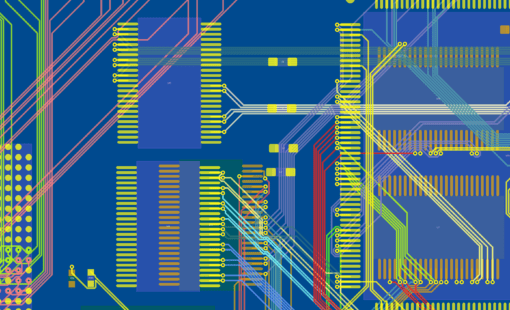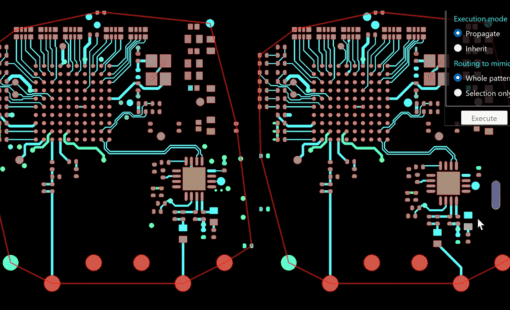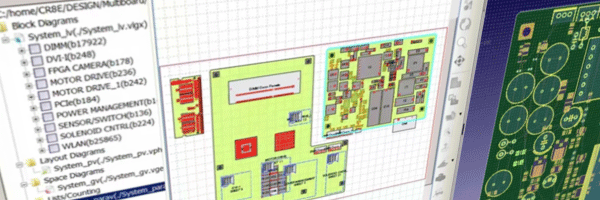On-demand webinar
This webinar is Part 3 of a 3 part series covering the systems engineering process of converting product or system requirements into a viable and robust hardware architecture and then moving that architecture directly into detailed design without any manual re-entry.
Architecture design is typically done with a variety of tools including Excel and Visio. Once an architecture is defined using these tools the architecture design must be realized in the detailed design process. That transition today is manual and error prone involving data re-entry.
This webinar demonstrates the seamless transition from architecture design and optimization to detailed design. After a short review of architecture optimization and validation, the design will be moved to detailed design. A functional block diagram becomes a detailed design schematic or schematics. 2D multi-board planning becomes a 2D/3D PCB design ready for detailed placement and routing. Data re-entry is not required.
What you’ll learn:
- How to easily transition from architecture design to detailed design without any data loss or re-entry
- Functional block transition to a traditional schematic or schematics
- 2D multi-board floor planning transitions to a multi-board system
Who should watch:
- Hardware engineers
- System architects
- Design engineers
- Electronic engineers
- Product managers
- Engineering managers
Related resources

- Webinar
This webinar will demonstrate how Zuken's CR-8000 Enterprise PCB Design System automates updates and redesigns in response to component obsolescence. Learn how to identify affected modules, update designs with a schematic module library, and intelligently assist layout modifications.

- Webinar
CR-8000 Webinar: Zuken recently announced the upcoming release of the industry’s first AI-based PCB place and route product - Autonomous Intelligent Place and Route (AIPR) - This webinar will examine how companies and users will benefit.

- Press Release
Zuken Inc. introduces a revolutionary approach to AI-assisted PCB design. The new technology, called Autonomous Intelligent Place and Route, will be provided as part of Zuken’s established CR-8000 PCB engineering and design platform

- Press Release
CR-8000 Release 2023 includes numerous innovations to enhance design efficiency and analysis to address the challenges of high-density and high-speed PCBs
